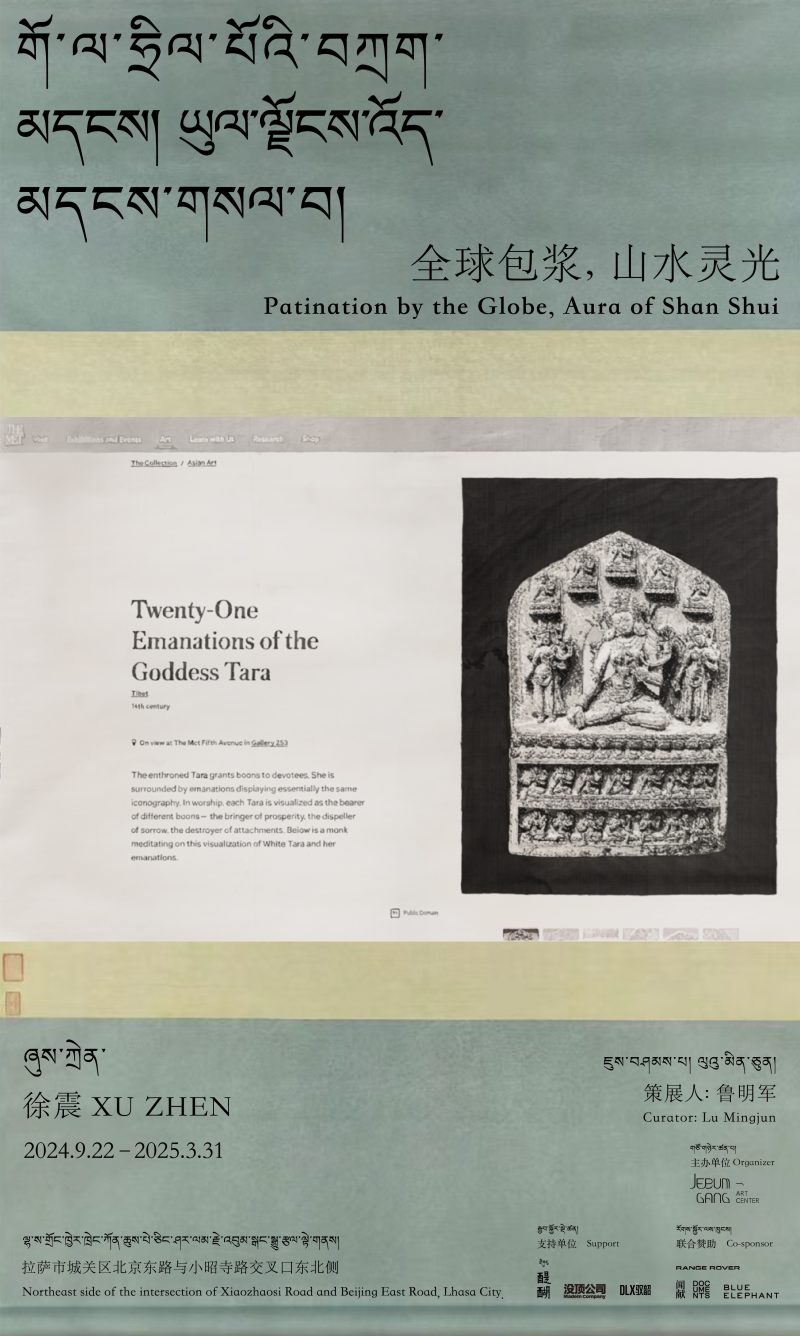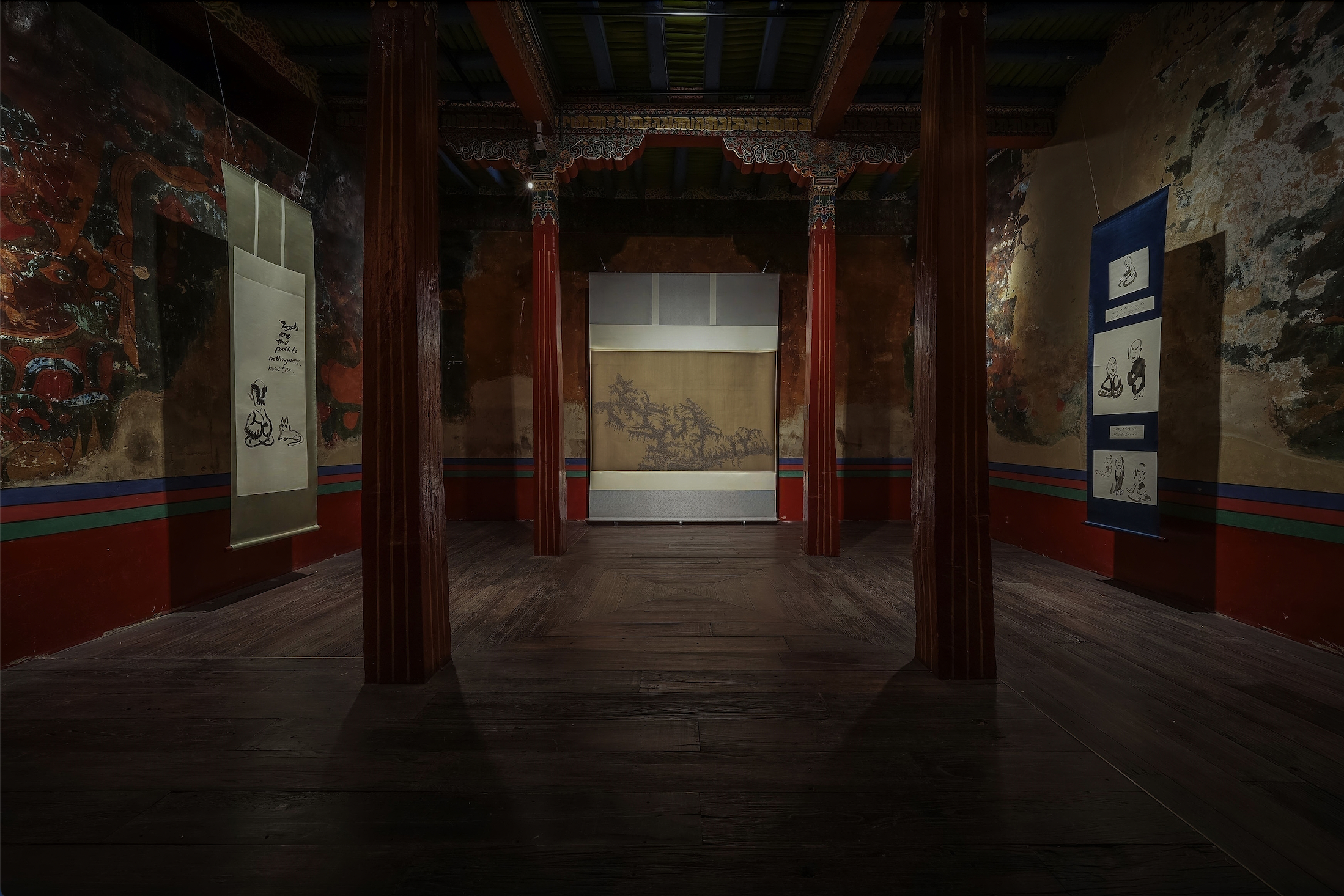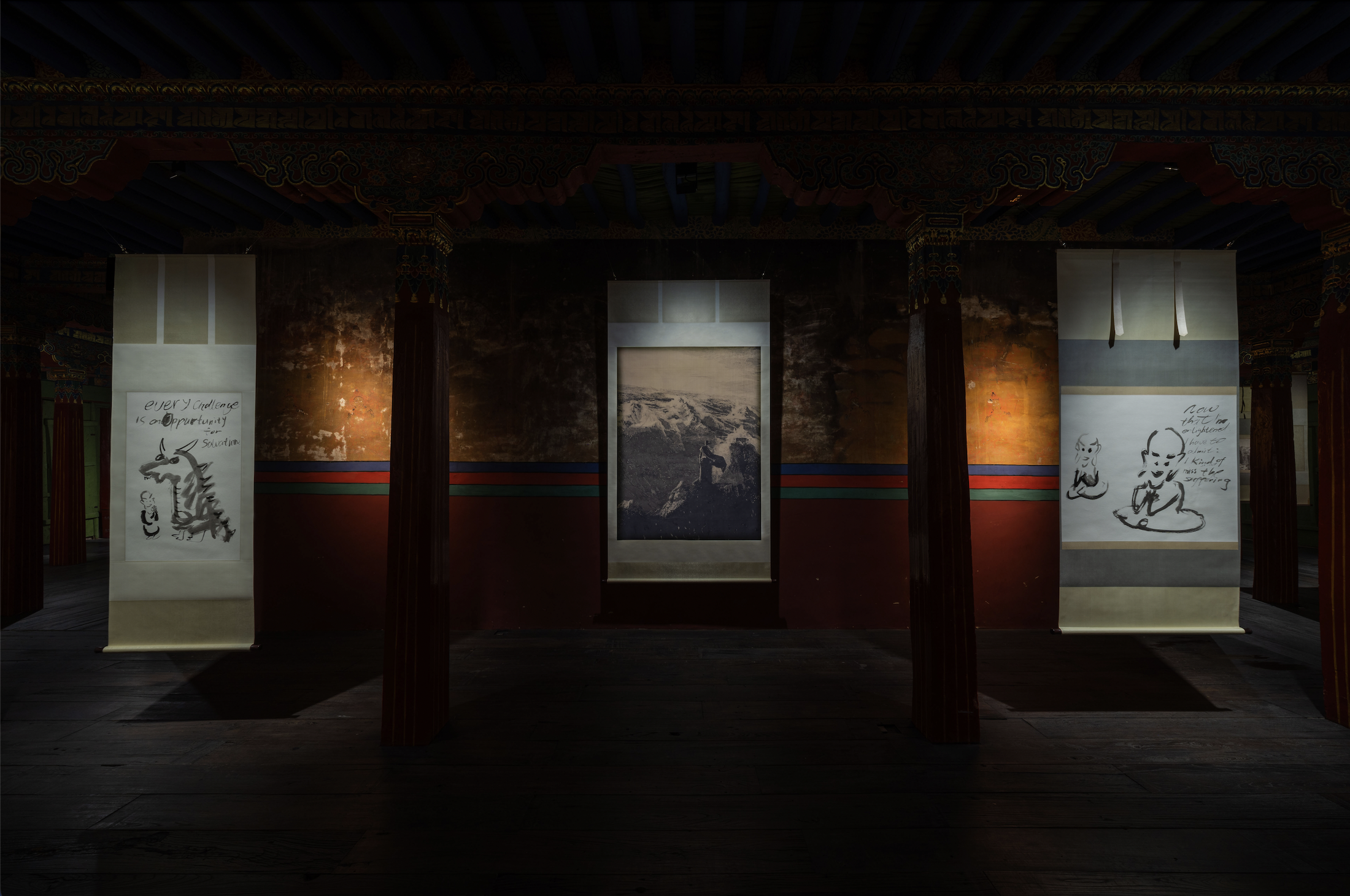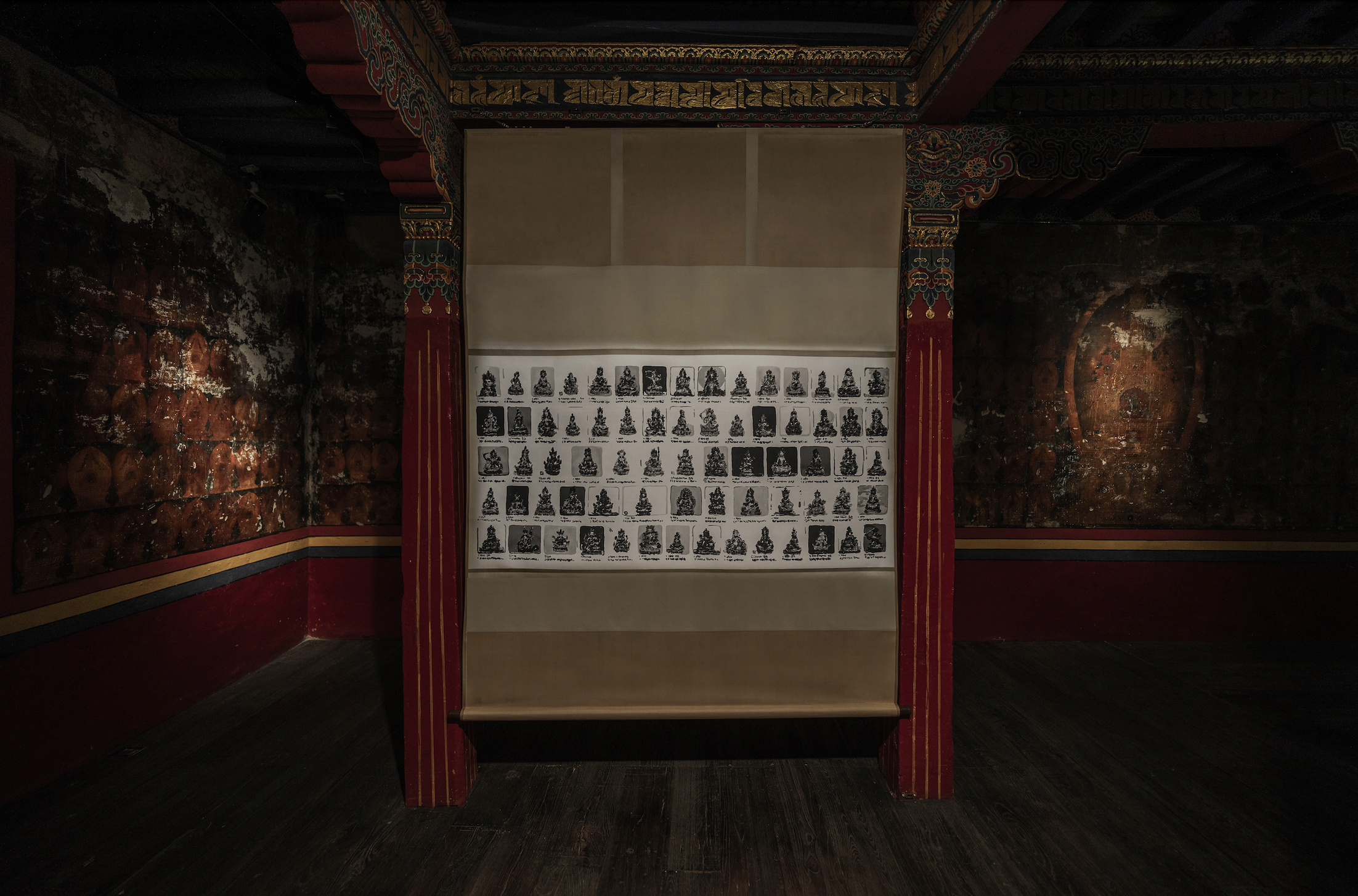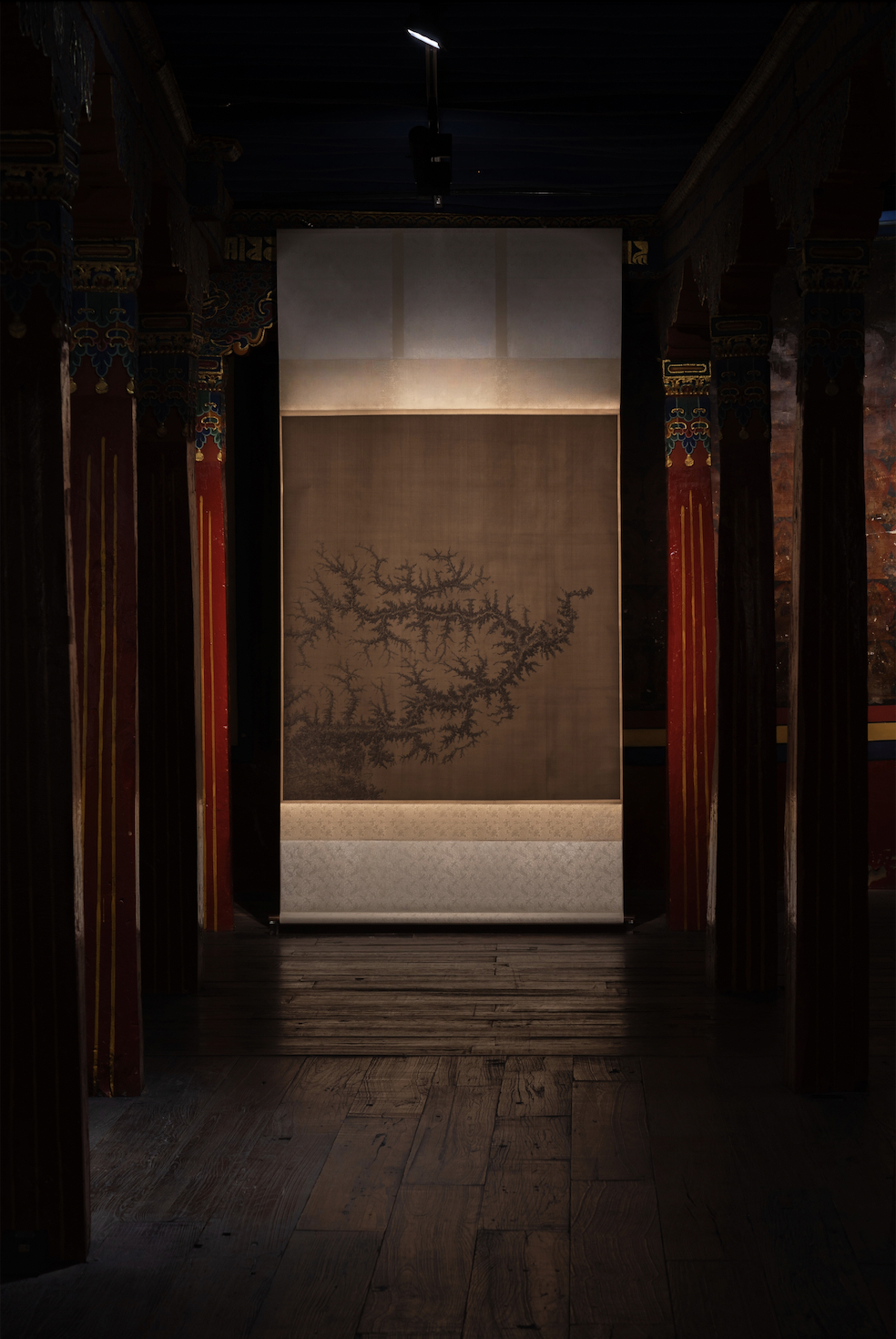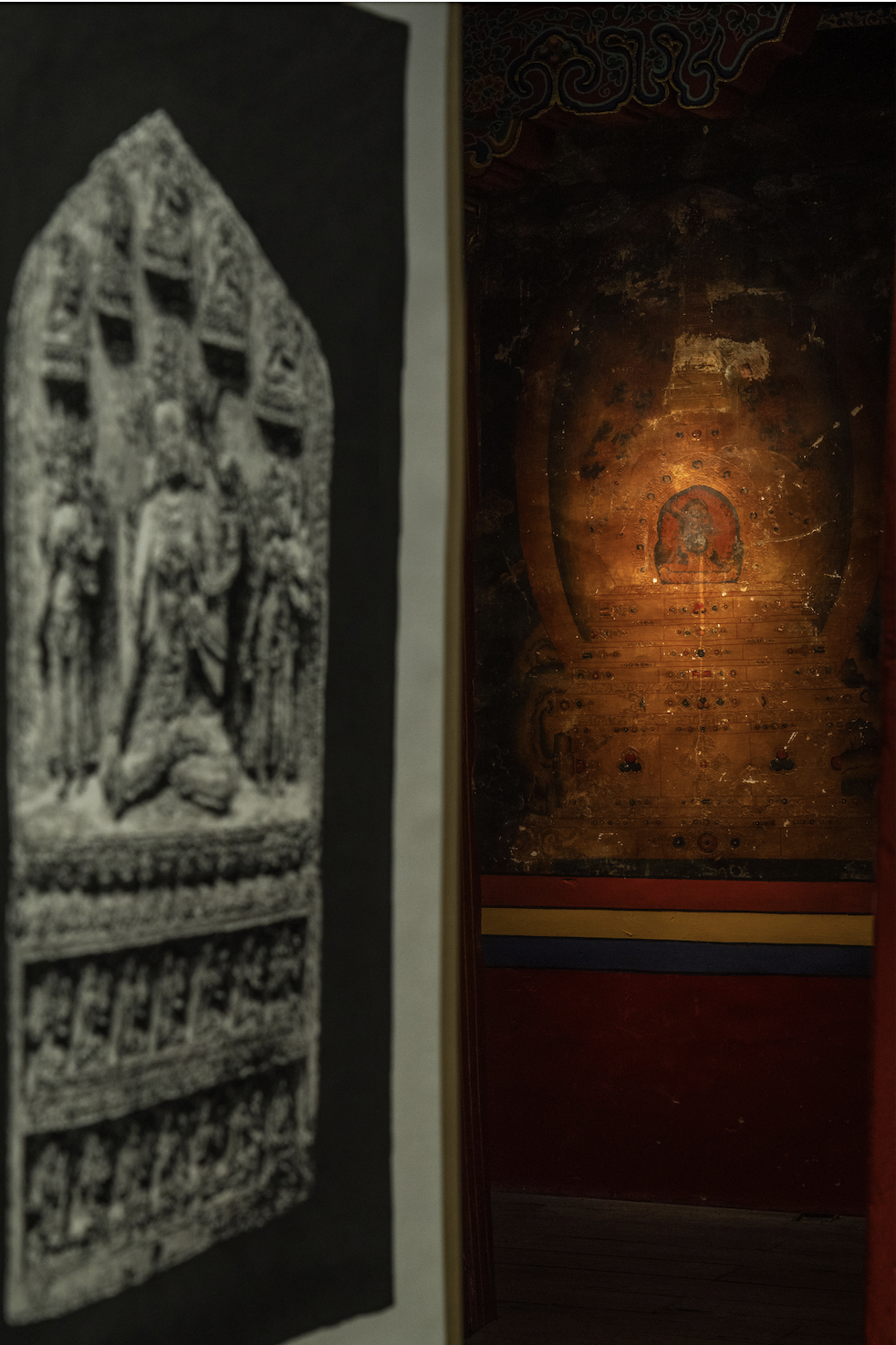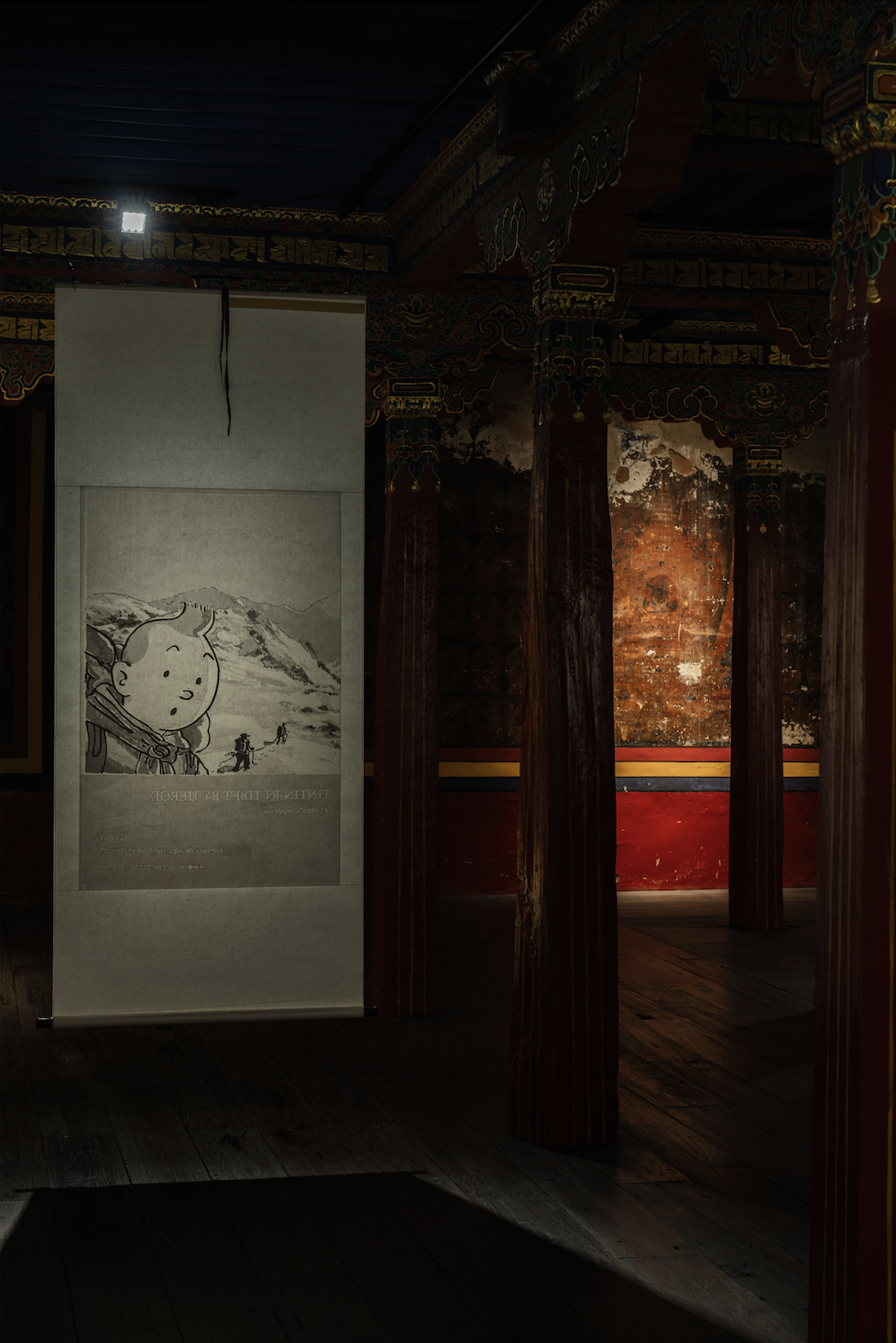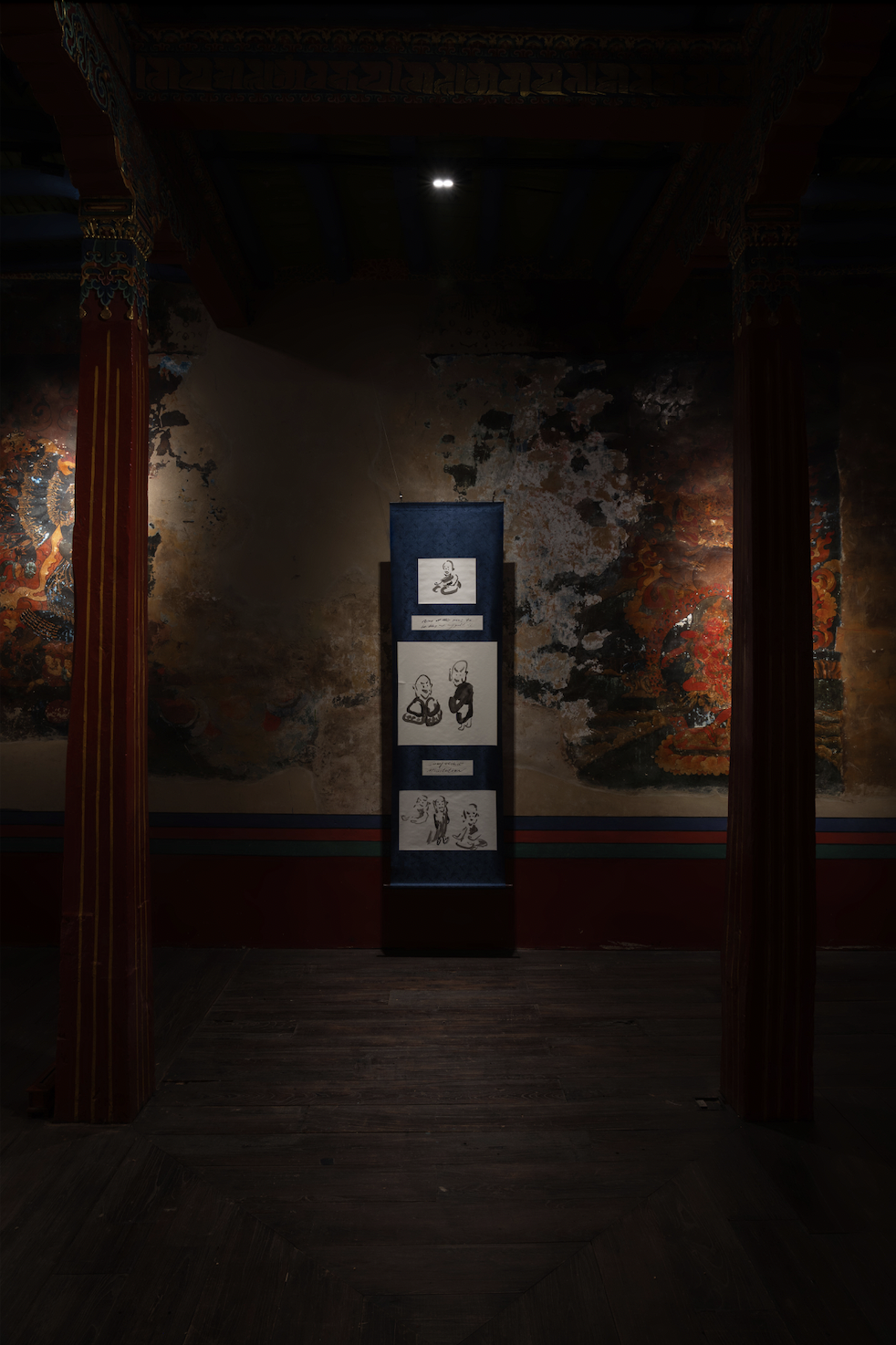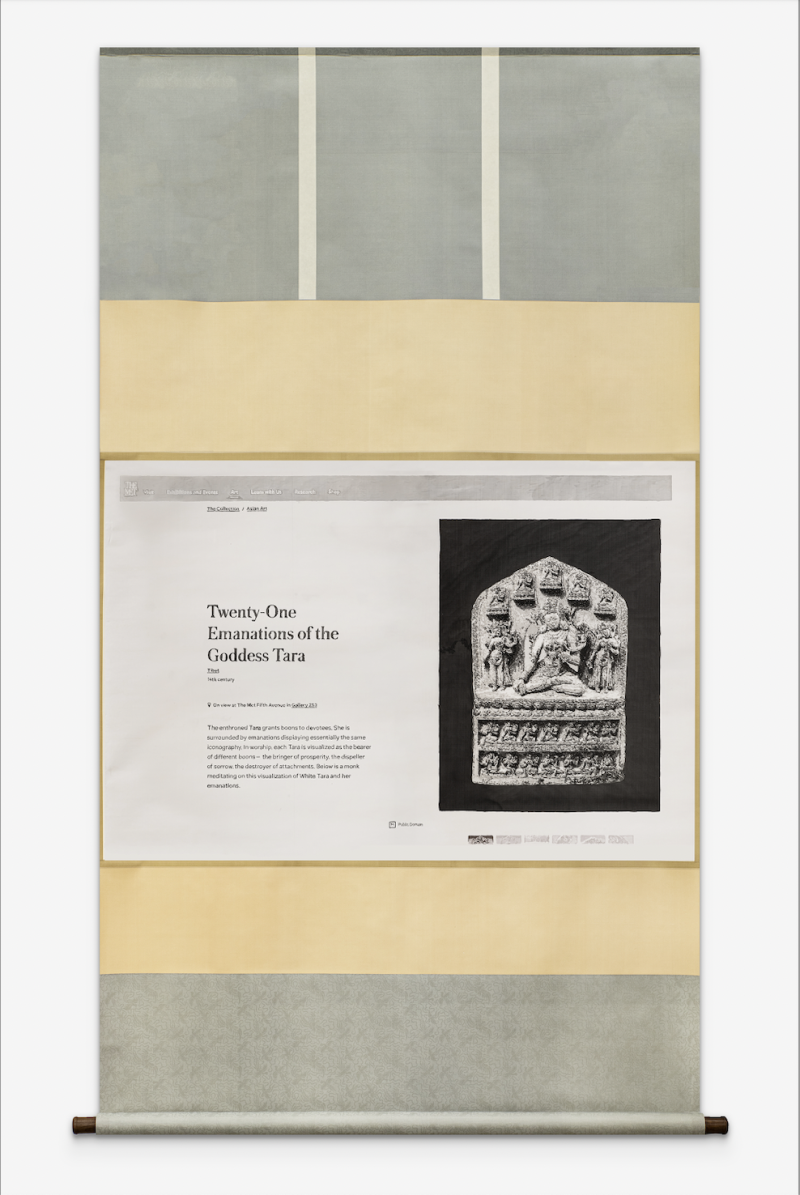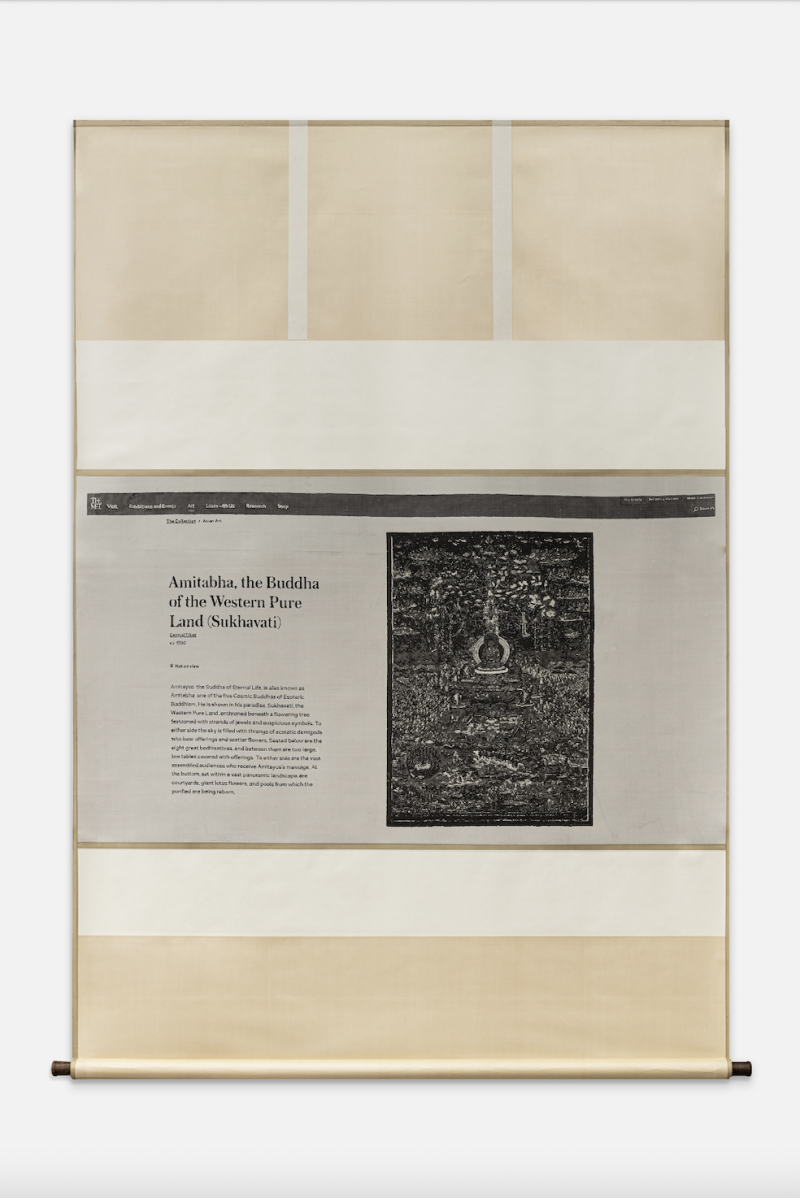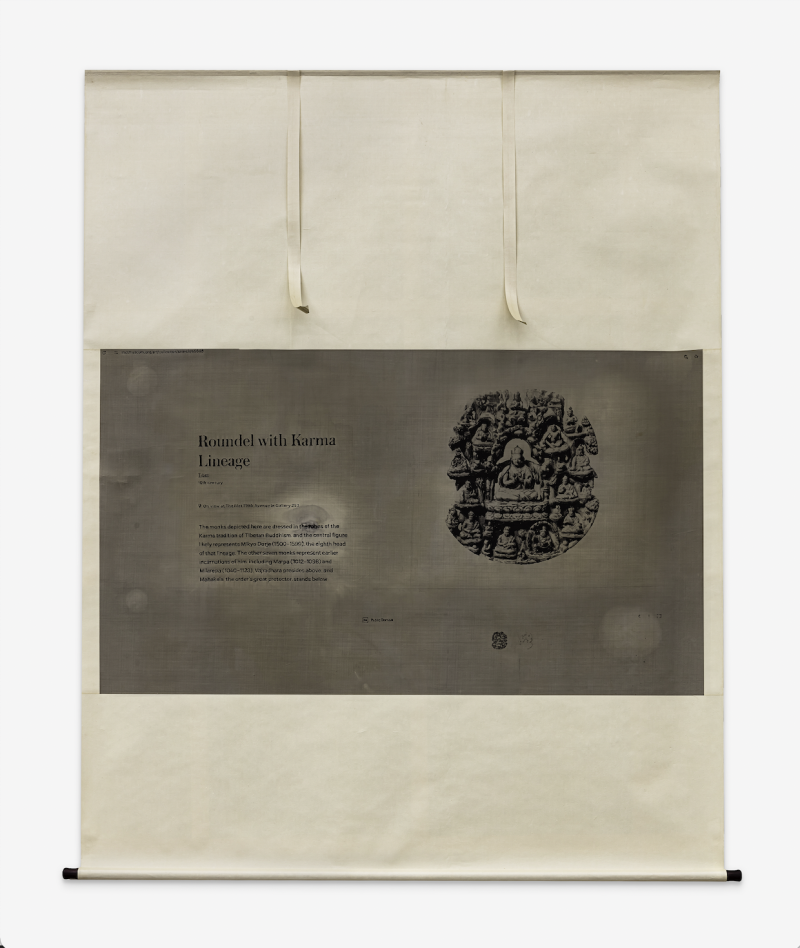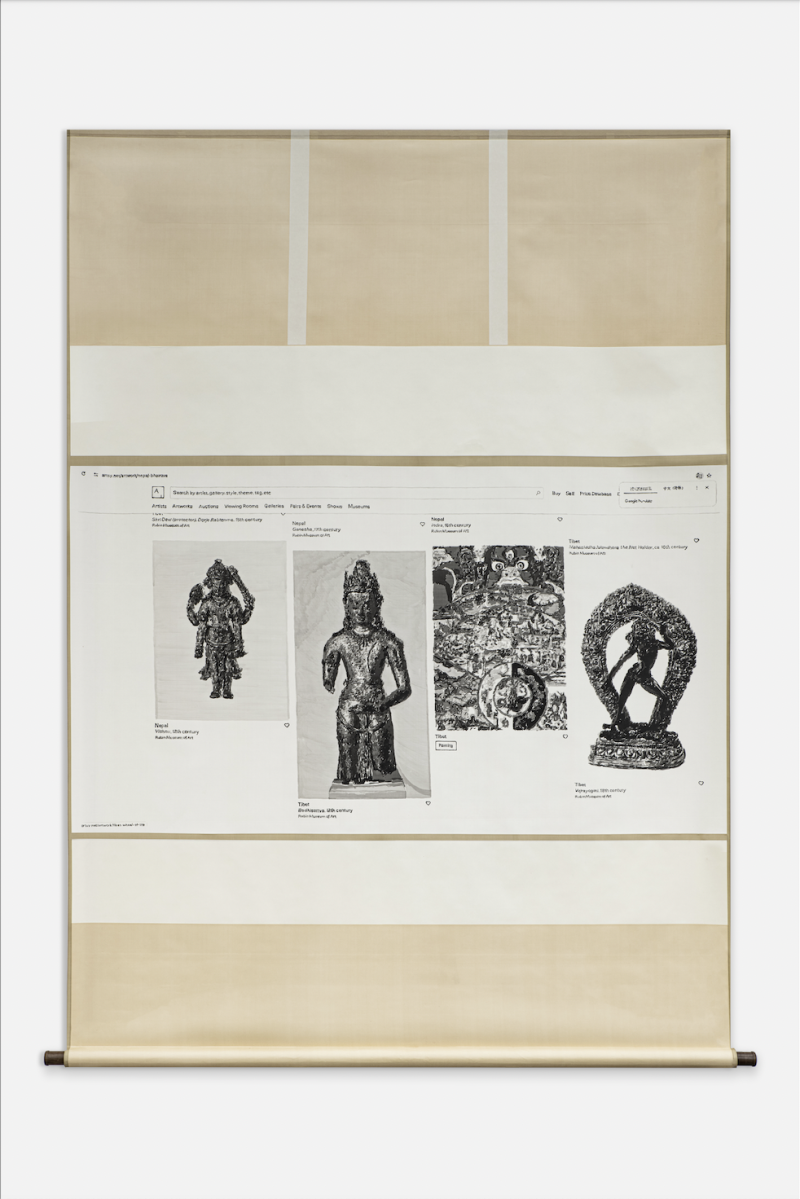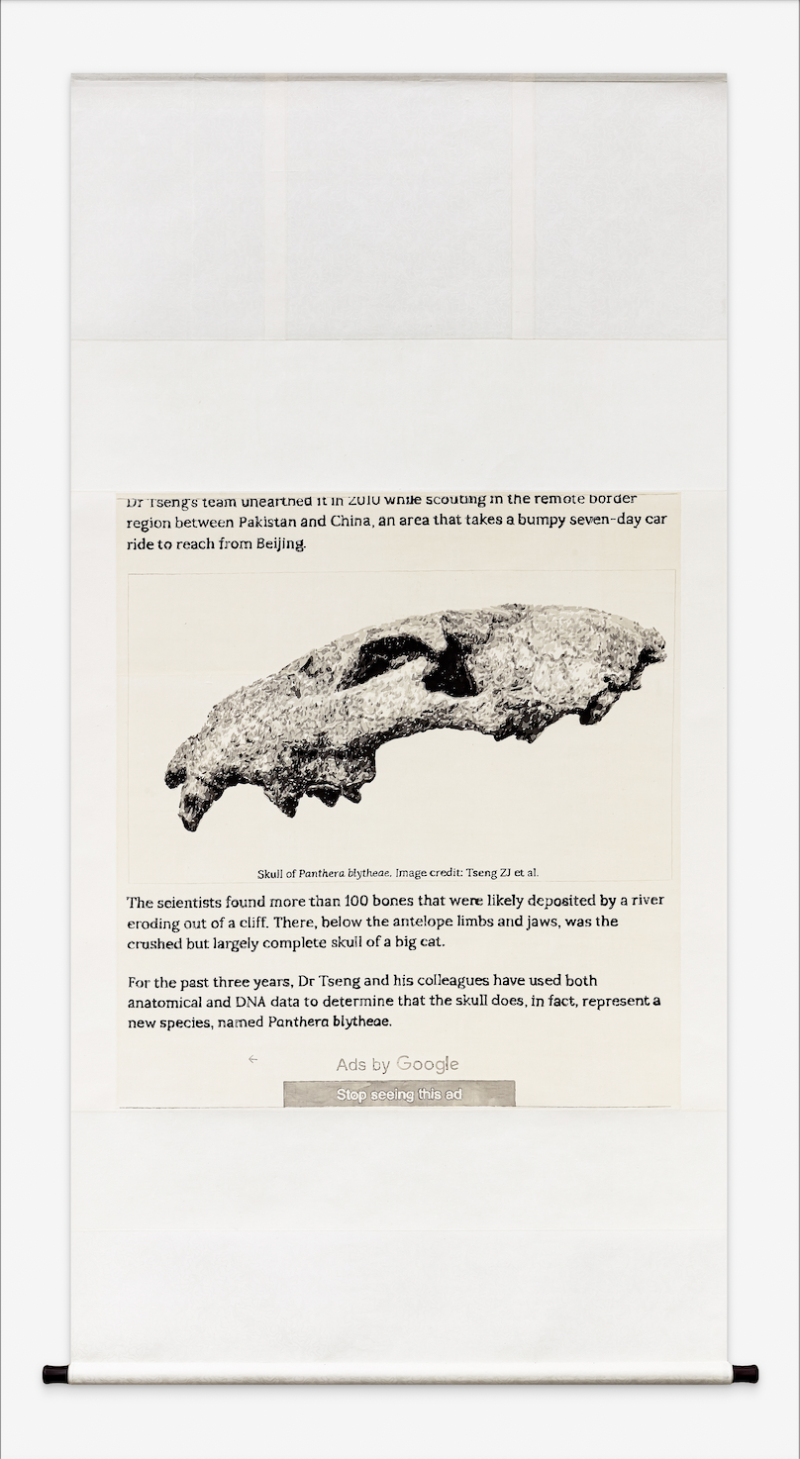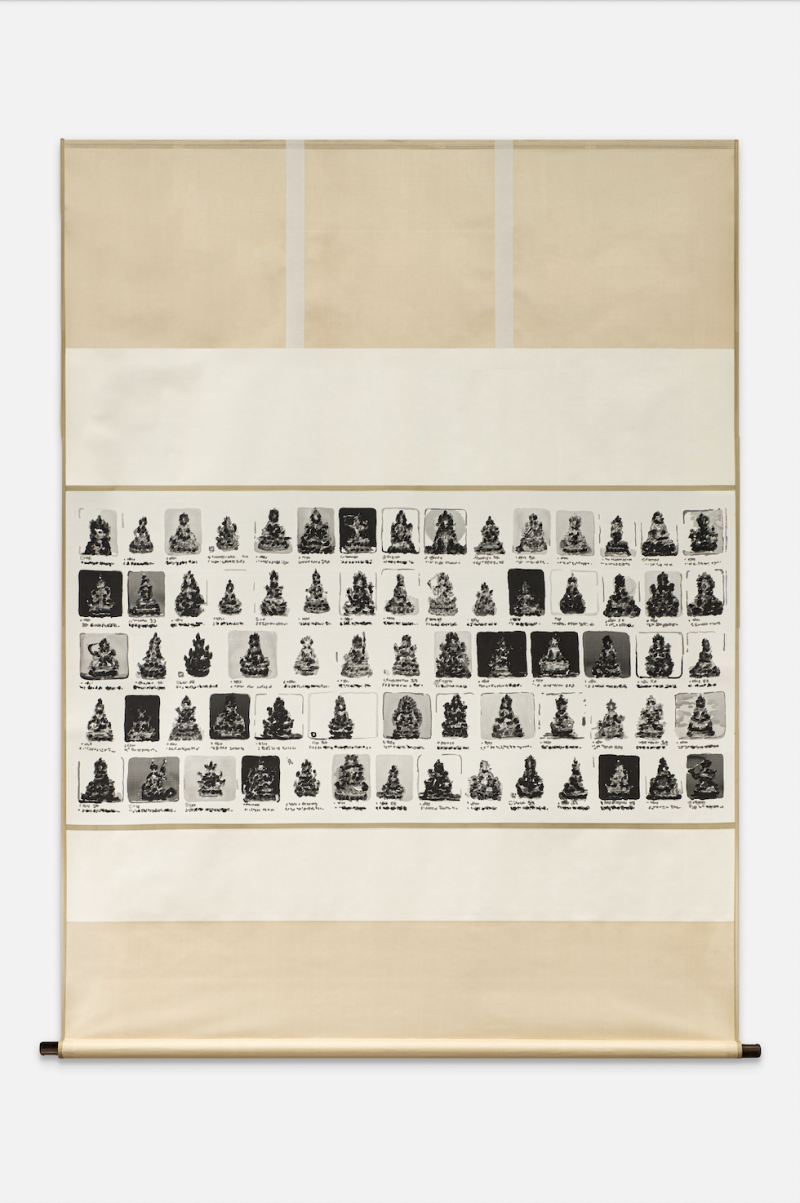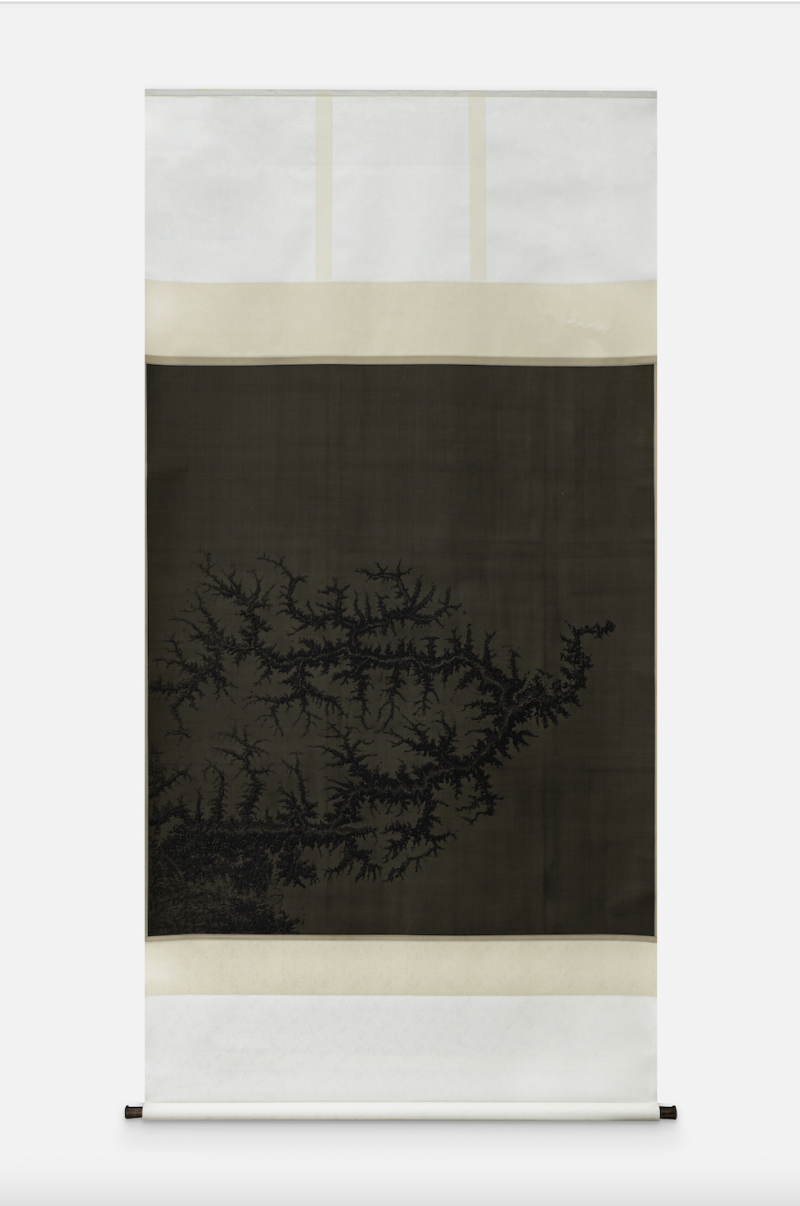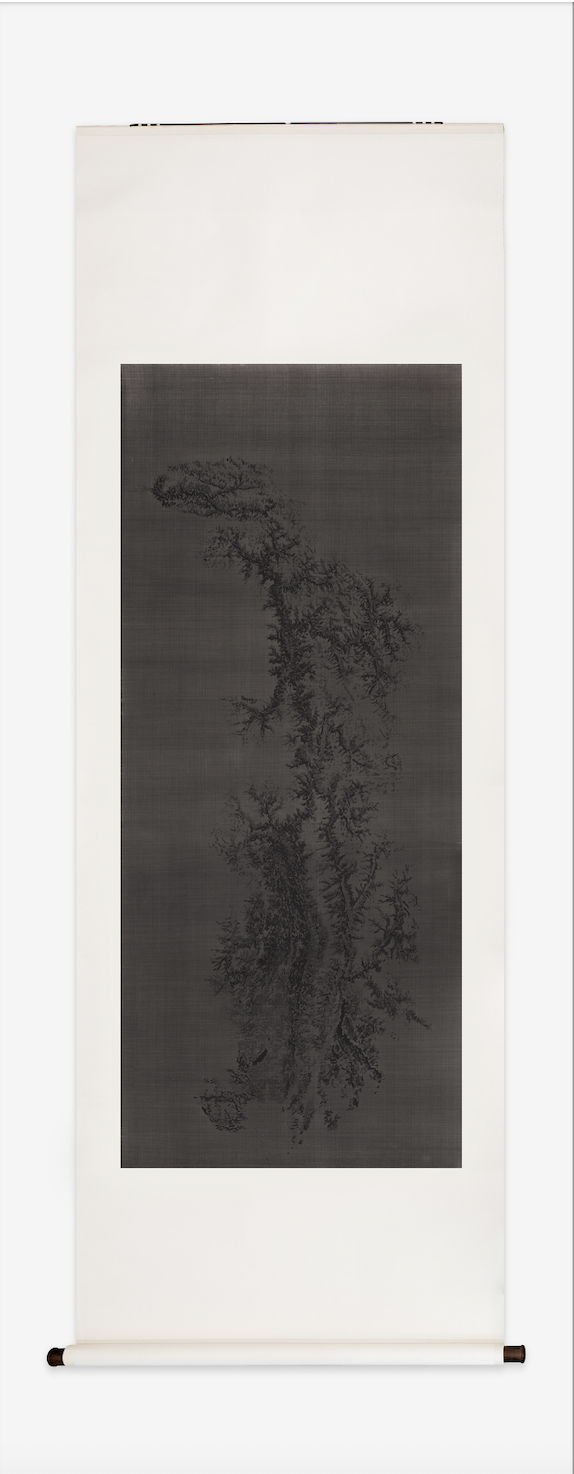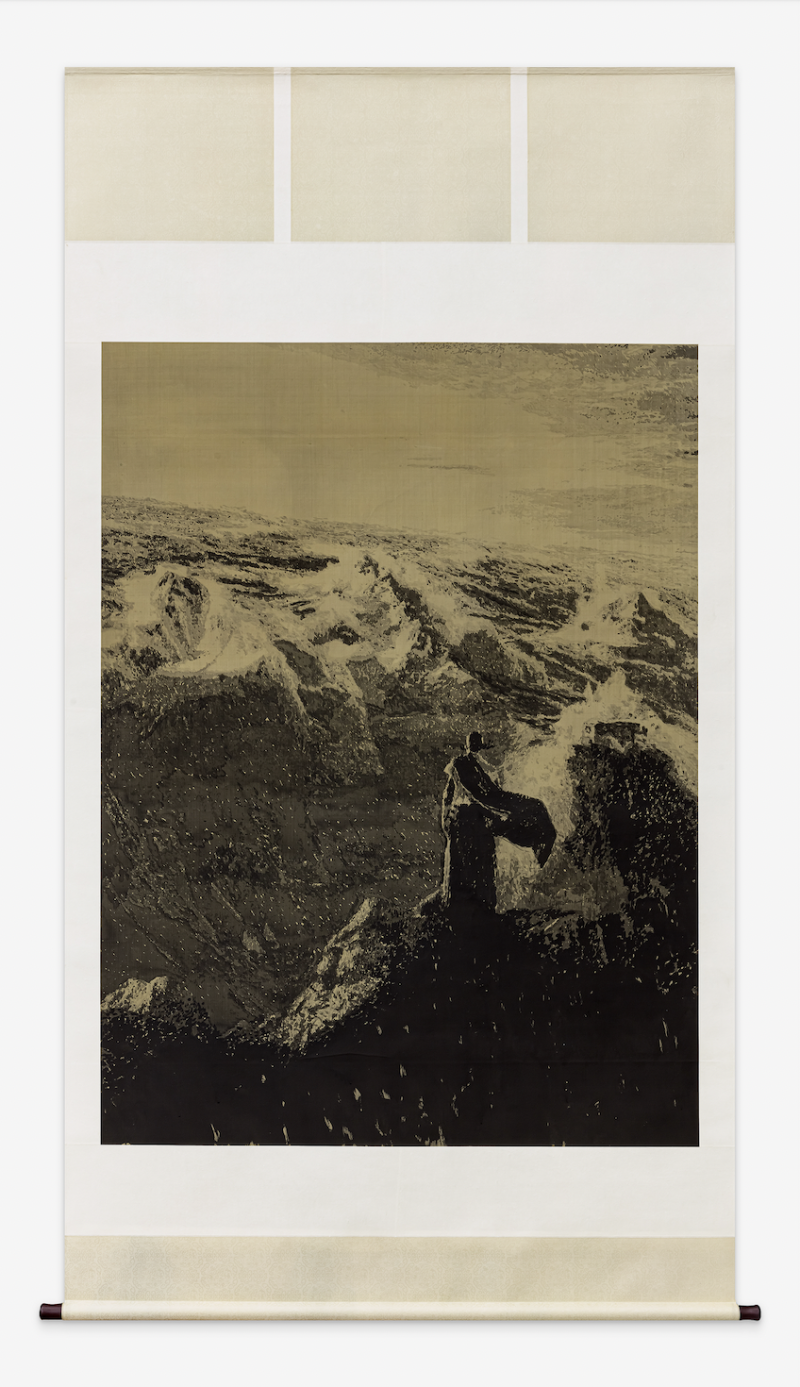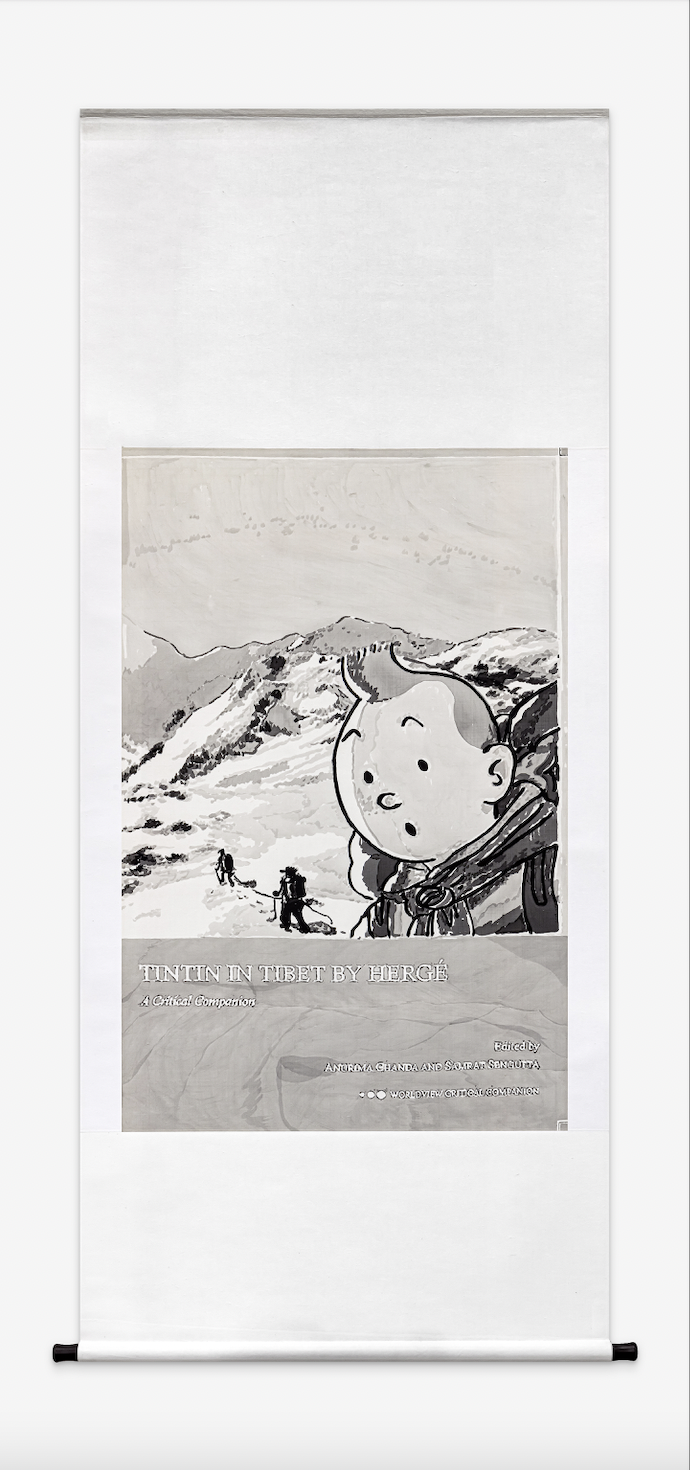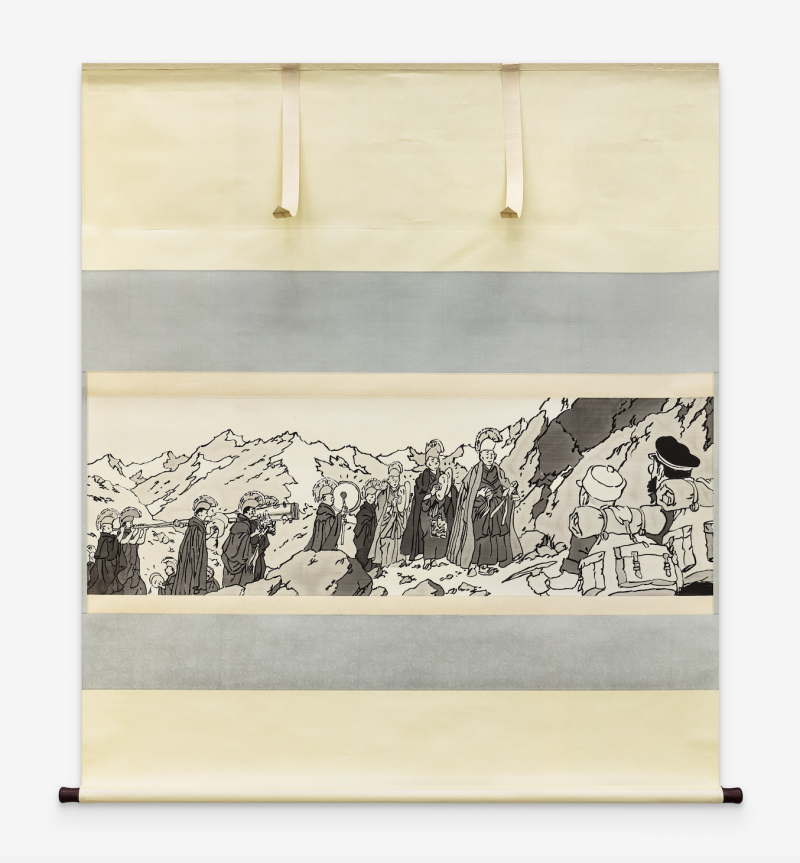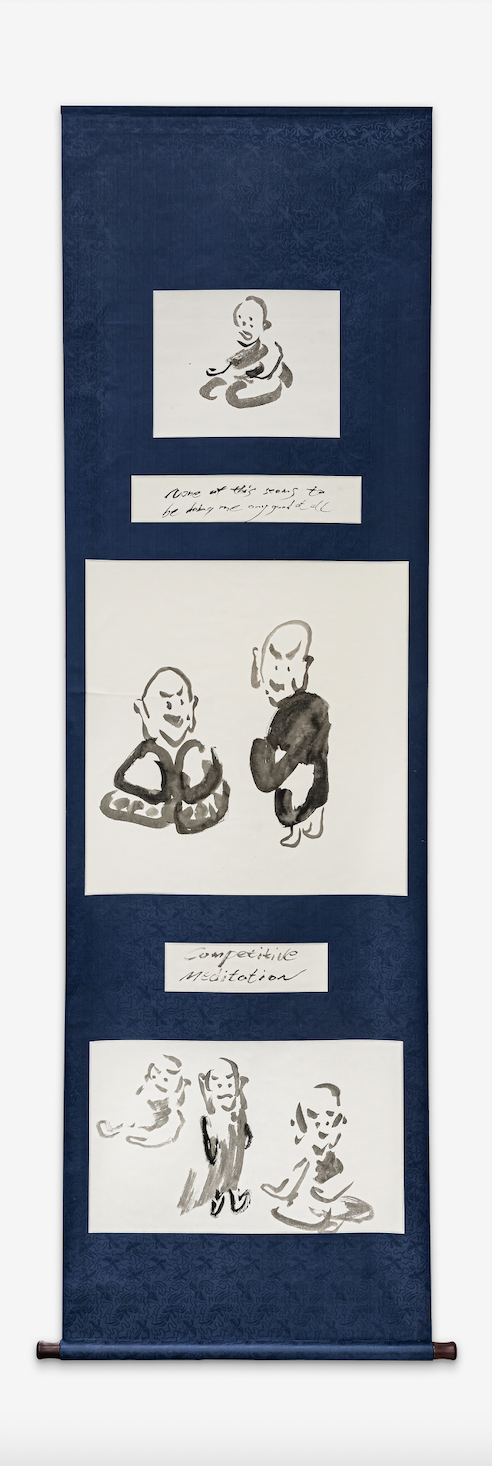Xu Zhen: Patination by the Globe, Aura of Shan Shui
September 22, 2024 - March 31, 2025
- Location:Jebum-gang Art Center
- Artist:
The artist Xu Zhen’s first solo exhibition in Tibet, titled “Patination by the Globe, Aura of Shan Shui” opened on September 22 at the Jebum-gang Art Center in Lhasa. The exhibition is curated by Professor Lu Mingjun from the Department of Art Philosophy at Fudan University and will showcase more than 20 new ink paintings created by the artist, focusing on Tibet within the context of globalization. The works present the artist’s exploration and latest practices regarding cultural mobility and cognitive relationships.
Due to its geographical and cultural characteristics, Tibet has long attracted the attention of scholars and travelers worldwide. Since the last century, Tibetan studies have become a popular field of the humanities globally. Particularly in the West, Tibet has been regarded as “a postmodern utopia, an ideal spiritual world disconnected from material reality.” This perception has also turned the “Tibet issue” into a matter of universal values and political stance relevant to all people around the world. As Professor Shen Weirong, a Tibetologist, stated, “The Western world has achieved a form of spiritual colonization of Tibet through the creation of this Shangri-La-like mythic image of Tibet.” In response to this Shangri-La-like portrayal, artist Xu Zhen used a more vivid term: “patination.” Perhaps it is this long-term, unbounded “patination” that makes this sacred land even more mysterious and distant.
Xu Zhen is no stranger to Tibet. As early as 2005, he created his first work related to Tibet, titled 8848-1.86. In this piece, Xu claimed that with the assistance of his teammates, he sawed off 1.86 meters from the summit of Mount Everest—this being his height. At the exhibition, he simulated the process of climbing the mountain by displaying climbing tools, materials, and a looping “documentary” of their act of sawing the summit. Placing human beings above nature and beliefs, this work an absurd and ironic response to Western “spiritual colonization” and has attracted widespread attention.
Continuing along this line, 20 years later, Xu Zhen once again focuses on Tibet. The entire exhibition uses traditional Chinese painting as a medium to express reflections on the relationship of cultural cognition between the East and the West. In Xu Zhen’s view, Chinese painting and its spirit can be seen as a new cultural energy, an attempt to harmonize the reality of global “patination”.It also serves as a particular form of technology that counters the Western technological view of nature as an object to be conquered and exploited.
